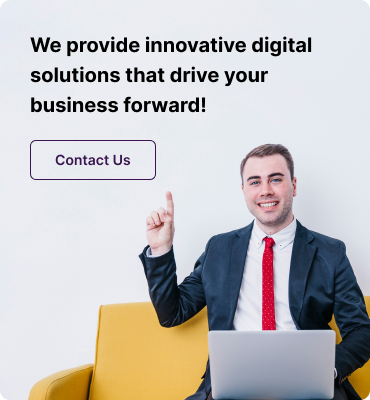Get in Touch
New Keyword Pages
New Keyword Pages Form
"*" indicates required fields
Why IT Product Lifecycle Is the Core of Smart Tech Execution
Stop Thinking in Projects. Start Thinking in Lifecycles.
Why Founders & CTOs Need to Prioritize Lifecycle Thinking
Understanding the IT Product Lifecycle from Start to Scale
Defining the Modern IT Product Lifecycle
In the past, IT lifecycles were linear: plan, build, launch, forget. Today, they’re circular and dynamic. The modern IT product lifecycle includes phases like:
- Idea validation & user research
- MVP or V1 build
- User testing & feedback integration
- Iterative releases
- Technical scaling
- Feature pruning or retirement
Each stage builds on the last, creating a loop of constant product improvement.
How Helixbeat Manages Each Lifecycle Milestone
At Helixbeat, every engagement is structured around the IT product lifecycle. Our delivery model ensures:
- Discovery isn’t skipped
- Feedback is actioned
- Scaling is considered early
- Roadmaps are revisited every sprint
We don’t believe in “fire-and-forget” software. We believe in managed, measurable momentum.
Real-World Business Value of Lifecycle Thinking
Our clients see faster releases, better retention, and lower maintenance costs because their product roadmap is rooted in lifecycle strategy—not just timelines.
Unpacking the IT Product Life Cycle Stages
Stage 1: Concept & Requirements
This is where the product vision is born. We help you define the problem, identify users, and validate whether the solution deserves to exist. Research, competitor audits, and rough wireframes are key deliverables here.
Stage 2: Build & Validate
We move fast—but not recklessly. Our agile squads build your MVP or Version 1 with constant feedback loops. Prototypes, user stories, and release planning are central to this phase.
Stage 3: Launch & Feedback Loops
Launch is not the finish line—it’s where the IT product lifecycle kicks into full gear. We monitor user behavior, run usability tests, and capture bugs and feature requests in real time. .
Stage 4: Maintenance, Growth, and Retirement
This is the long tail. You’ll face performance bottlenecks, rising customer expectations, and the need for continuous innovation.
Our Approach to IT Lifecycle Management Process
From Linear Builds to Circular Optimization
Our teams work with modern, scalable frameworks:
- Versioning and feature branching
- Bug triaging and prioritization
- Performance optimization cycles
- Real-time analytics and retention metrics
- Technical debt management reviews
Product Strategy, Tech, and Feedback in Sync
We don’t separate product from tech or feedback from features. Our lifecycle approach aligns all three—so your business goals, customer insights, and architecture decisions are always in sync.
Case Studies
How Startups Won with Lifecycle Thinking
Case 1: MVP to Global SaaS in 12 Months
- MVP launched in 8 weeks
- Scaled to 25K+ users across 7 countries
- Raised $2.8M in Pre-Series A
Case 2: Aging Platform Revived with Lifecycle Reset
- Re-architected in microservices
- Improved system uptime from 87% to 99.9%
- Reduced churn by 37% in 5 months
Case 3: Healthcare Tech Product with 4-Year Horizon
- Custom dashboards for clinics & patients
- HL7/FHIR integration from the start
- Built-in migration strategy for v2.0
Why Helixbeat for IT Product Lifecycle Management
Strategy + Engineering + Scale, All in One
We blend product strategy, UI/UX, agile development, and DevOps into a single lifecycle engine. This allows us to launch fast and stay relevant, because we’re not chasing checklists—we’re building adaptable systems.
Built for Tech Teams & Founders Alike
Founders need traction. CTOs need clean architecture. Investors need roadmaps. Our lifecycle approach delivers all three.
Engagement Models: Aligning with Your Product’s Lifecycle
Lifecycle-Aligned Resourcing
- MVP Build Teams: Ideal for concept-to-launch
- Growth Teams: For scaling, iteration, and post-Series A acceleration
- Support Pods: For mature products that need SLA-backed maintenance and enhancements
Modular Entry Points for Maximum Flexibility
Tech Stack for Lifecycle-Driven Product Development
Backend & Frontend
- Node.js, Python, Go, Laravel, .NET
- React, Vue, Angular, Flutter
- Microservices & monoliths depending on scale
DevOps & CI/CD
- Docker, Kubernetes, Jenkins, GitHub Actions
- Automated test suites
- Real-time monitoring via Datadog/New Relic
Cloud & Infra
- AWS, GCP, Azure
- Scalable multi-region deployments
- GDPR, HIPAA, and SOC2 compliance as needed


